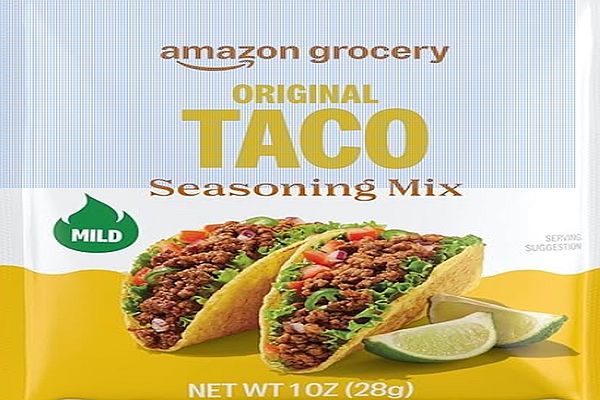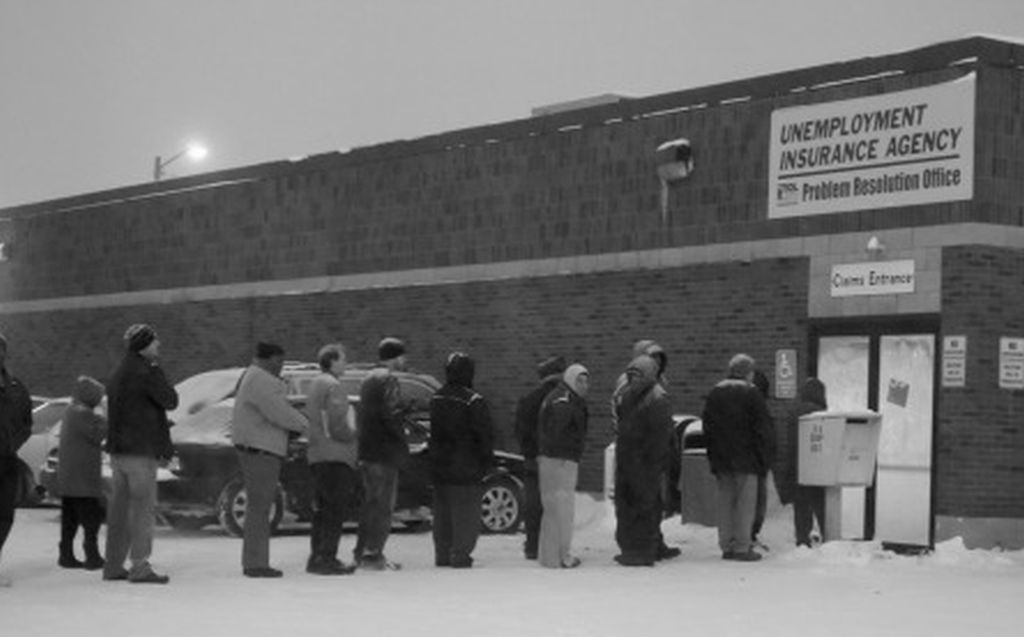The middle and lower class of America is broke.
Well, not destitute but 1970’s stagflation style out of gas with no ability to deal with any more inflationary impacts. While the “financial” experts scream there is no “hard” evidence of stagflation, the average family of four or poor single individuals just trying to get by would like to have a word with these experts.
Probably in a dark alley.
Despite the fluctuations percentage wise for consumer inflation as “measured” by the now on vacation Bureau of Labor Statistics, the measure of embedded price inflation is often ignored. For example, since March of 2009, when America underwent a great monetary reset and didn’t recognize it, inflation has had several cyclical spurts higher then lower.

Then again, while that provides some perspective that the media and politicians love to report, the BLS fails to highlight the reality:
Cumulative inflation.
And that is what is devastating the American consumer.
Business Insider published a fascinating chart early this year to show how much pain is being inflicted on the consumer through 2024:

Now that yours truly has ranted about the inflation problem, why does this matter with Amazon and the great grocery wars?
Amazon Goes After Walmart, Kroger, and ALDIs
The New York Post was one of the first major newspapers to notice this change in the grocery wars yesterday:
Amazon unveils ‘price-conscious’ grocery brand featuring more than 1,000 items nationwide
This excerpt speaks volumes:
Amazon announced Wednesday the launch of Amazon Grocery, a new private-label brand that merges popular items from Amazon Fresh and Happy Belly into one “grocery essentials” collection.
The retail giant’s new brand features more than 1,000 grocery items, ranging from milk and olive oil to produce, meat and seafood, with most products priced under $5.
The launch comes “during a time when consumers are particularly price-conscious,” according to Jason Buechel, vice president of Amazon Worldwide Grocery Stores and CEO of Whole Foods Market.
The emphasis in that last sentence is from this author.
This move is a direct action to compete with lower cost grocers and Walmart as just buying Whole Foods has proven to be fruitless, ok, sorry not sorry for the bad pun, in the grocery wars.
For the consumer however this is good news and yours truly just took a few screenshots from the big three, because Kroger probably will not be in this game of home delivery for groceries or low cost competition much longer.
A Quick and Dirty Comparison
For example purposes only, here are two items which consumers may or may not buy every week but if one has a family of anything, might just appear on their grocery list.
Let’s start with paper towels as everyone has a slob in their household, like myself plus my kitten, which requires the ability to clean up messes everywhere.
First Sparkle paper towels, a brand name, same sized rolls Amazon then Walmart both $7.92 per package:


Now for those willing to drive 10 minutes to their nearest ALDIs (for those of us living near civilization), their brand Boulder which is somewhat comparable:

Now let’s move on to another essential staple, taco mix:



Walmart wins.
But why is this important?
Amazon would never have consolidated all of its private brands if anyone thought that by using Whole Paycheck as their primary grocery outlet would end profitably in a time of persistently higher inflation.
The entire “thematic” story that inflation has been tamed and prices are coming down is a political lie, otherwise, why would Amazon have taken such a drastic, and somewhat expensive step to get serious about the grocery war?



